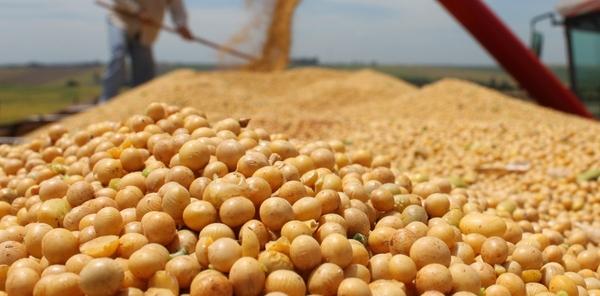Adapting to Change: The Evolving Soybean Market for North Dakota Farmers
north Dakota’s agricultural community is currently at a crucial juncture as it faces the shifting dynamics of the soybean market. influenced by changing consumer demands,international trade relations,and geopolitical factors,farmers in this region are presented with both challenges and opportunities. While there are signs of a potential rebound in soybean prices, uncertainties—especially concerning china’s role as a key buyer and the implications of tariffs—continue to loom large over the industry. This article examines how North Dakota farmers are responding to these market changes while navigating the complexities of global trade policies.
New Opportunities for North Dakota Soybean Producers
The evolving global appetite for soybeans has opened new avenues for North Dakota farmers.The increasing demand is particularly notable in regions such as Southeast Asia, Africa, and parts of Europe where plant-based diets are gaining traction. As a result, local soybean producers are not only enhancing their conventional export routes but also exploring alternative markets that include:
- Plant-Based Protein Innovations: Advances in food technology have spurred interest in soy-derived meat substitutes.
- Renewable Energy Sources: Growing enthusiasm for sustainable energy may boost demand for soybean oil used in biofuels.
- Nutritional Animal Feed: Expanding livestock industries in developing countries increase the need for high-quality soybean meal.
However, amidst these promising developments lies an ongoing concern regarding international tariffs and trade relationships—particularly with major players like China.Although recent discussions hint at improved relations, uncertainty surrounding policy shifts compels farmers to remain flexible in their approaches. Building domestic partnerships with food manufacturers and investing in value-added production could be vital strategies to reduce risks associated with tariff fluctuations. Additionally, diversifying crop rotations can help mitigate pressures if soybean prices experience volatility due to geopolitical issues or changing trade regulations.
Strategies for Overcoming Tariff Challenges: A Guide for North Dakota Farmers
The landscape shaped by ongoing trade tensions presents significant hurdles as North dakota farmers grapple with tariffs and unpredictable international markets. To effectively navigate these complexities,producers should adopt a extensive strategy that includes several key tactics:
- Diversification Strategies: Investigating alternative crops can lessen dependence on soybeans while taking advantage of varying price trends.
- Create Value-Added Products: Developing processed items like oil or meal can yield higher profit margins while minimizing exposure to raw commodity price fluctuations.
- Pursue New Export Markets: Seeking out additional international markets beyond China may offer greater stability and lower tariff-related risks.
- Cultivate Collaborative Efforts: Partnering with local cooperatives and agricultural organizations can strengthen bargaining power while providing resources necessary for effective marketing strategies.
A proactive approach requires staying updated on global market trends along with tariff regulations essential for informed decision-making. Here’s an overview of critical considerations:
| Critical Consideration | Tactical Insight |
|---|---|
| Market Analysis | Diligently monitor trade reports and forecasts to anticipate shifts within the marketplace. |
| Policy Advocacy < | Engage actively with policymakers advocating favorable trading agreements. |
| Financial Strategy < | Employ risk management tools alongside insurance products designed to protect against price volatility. |




